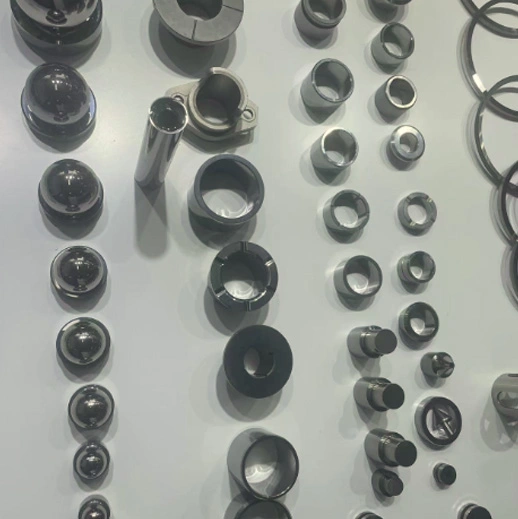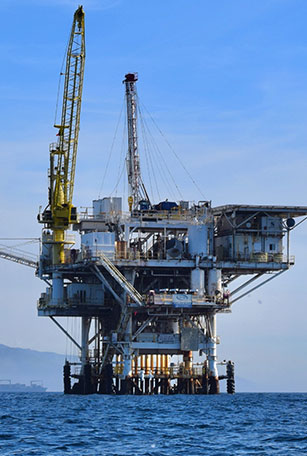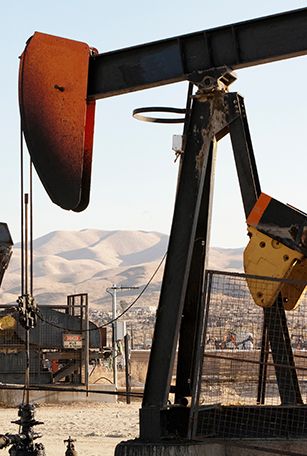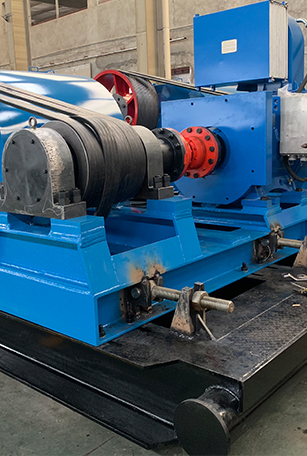
The valve ball and valve seat in the oil pump are key sealing components, which directly affect the pumping efficiency and life of the pump.
1. Structure and working principle
Valve ball: usually spherical (metal or ceramic), cooperates with the valve seat through gravity or fluid pressure to realize the one-way valve function.
Valve seat: an annular component with a conical sealing surface, which contacts the valve ball to form a seal and control the one-way flow of the fluid.
Working process:
Plunger upstroke: the valve ball leaves the valve seat and the fluid enters the pump chamber.
Plunger downstroke: the valve ball presses the valve seat to prevent the fluid from flowing back and push the fluid upward.
2. Common failure forms
Wear: sand or impurities scour and cause damage to the sealing surface.
Corrosion: acidic or corrosive substances in the well fluid erode the material.
Scaling: mineral deposition causes the valve ball to get stuck and the seal to fail.
Fatigue damage: cracks or fragments occur in the material under alternating loads.
3. Material selection
Valve ball: high carbon steel, carbide (such as tungsten carbide), ceramic (aluminum oxide or silicon nitride).
Valve seat: material matching the valve ball, often surface hardening treatment (such as chrome plating, spraying tungsten carbide).
Special working conditions:
Sand-containing wells: high wear-resistant materials such as ceramics or tungsten carbide are preferred.
Corrosive wells: stainless steel, nickel-based alloys or non-metallic coatings are used
4. Maintenance and solutions
Regular inspection: dismantle the pump to detect the wear and corrosion of the sealing surface.
Cleaning: remove scale or sediment on the surface of the valve ball and valve seat.
Replacement standard: replacement is required when obvious grooves, deformation or poor sealing appear on the sealing surface.
Anti-stuck design: use rotating valve ball or auxiliary spring structure to reduce the risk of sticking.
5. Optimization design trend
Surface coating technology: such as diamond coating (DLC) to improve wear resistance.
Composite structure valve seat: metal matrix + ceramic insert, taking into account both strength and sealing.
Intelligent monitoring: Real-time judgment of pump and valve working conditions through vibration or pressure sensors.
6. Selection recommendations
Select materials according to the properties of the well fluid (sand content, corrosiveness, viscosity).
For high-gas wells, a double valve ball structure can be used to reduce the probability of gas lock.
For high-temperature wells, the matching of material thermal expansion coefficients needs to be considered.
0531-69959201
lqg18653457231
+86-18653457231
No 12111,Jingshi Road, Lixia District, Jinan City, Shandong Province. P.R. China

Professional customer service team, professional after-sale services create a comprehensive high-quality, advanced technology, reliable products, which gives you a strong sense of security.

Professionals, professional skills and precision equipments insure that we can provide you with professional product customization service.

The best quality products, strict quality control system and good reputations established Saigao product's irreplaceable place.

Superb technical team with continuous technological innovation, closely follow the market's trend help you to create the highest performance products.
 English
English  日本語
日本語  français
français  Español
Español  русский
русский  português
português  العربية
العربية  tiếng việt
tiếng việt  ไทย
ไทย  Polska
Polska  română
română 

